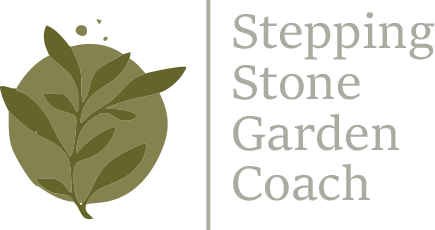Dreaming of a garden that won’t overwhelm you—or wither after a month? You’re not alone. Many first-time gardeners in Florida are eager to grow something… until the heat, bugs, and confusion set in.
The good news? You can skip the stress and start strong with a little planning. Here’s how to design a garden that’s easy to manage, beautiful to look at, and productive all year round.
Start With the Right Location
Before you grab a shovel or pick out plants, walk your yard and observe:
Sunlight – Most veggies and herbs need 4–6 hours of sun minimum. Morning sun is ideal, especially in Florida’s heat.
Water access – Make sure a hose can reach. If it’s a hassle to water, it’s easy to let your garden go.
Drainage – Avoid low spots that puddle after rain. Raised beds or containers are a great solution for soggy areas.
Tip: Start small. A 4×4 raised bed or even 3–5 large containers is plenty for your first season.
Choose a Simple Layout
Keep your layout clean, accessible, and realistic:
Raised beds help define space and reduce weeds
Pathways make tending your garden easy (and keep muddy shoes at bay)
Vertical space can boost harvests—use trellises or hanging baskets
Sketch it out first, even on paper napkin. Your garden doesn’t need to be fancy—it just needs to work for you.
Pick “Easy Win” Plants
There’s no shame in starting with plants that almost grow themselves. These beginner-friendly champions thrive in Central Florida and offer fast rewards:
Greens
Arugula, Swiss chard, Lettuce, and Malabar spinach (heat-tolerant and gorgeous)
Herbs
Basil, Oregano, Chives, Mint (keep in containers—it spreads fast!)
Veggies
Cherry tomatoes (look for patio or dwarf types), Peppers, Bush beans, Okra (loves the heat!)
Focus on 5–7 plants you’ll actually use in your kitchen. Fresh herbs and salad greens are the most satisfying place to start.
Keep It Low-Stress
New gardeners often burn out by mid-season. These tips help keep your garden joyful:
Water smart – Use mulch to retain moisture and water deeply, not often.
Plant in waves – Replant a little every few weeks to keep harvests going.
Don’t overdo it – You don’t need 25 tomato plants. Start with 2.
You’re learning, not farming. Give yourself grace.
Embrace Florida’s Quirks
Central Florida has its own rhythm—and that’s a good thing:
Cool-season planting: September–March (greens, roots, herbs)
Warm-season planting: March–July (tomatoes, beans, okra)
Hot summer: Take a break or plant heat-lovers like sweet potatoes, cowpeas, or tropical edibles
Tip: Use shade cloth in summer or plant under taller crops to keep tender greens from frying.
Final Thoughts: Start Where You Are
You don’t need to overhaul your whole backyard. Just carve out a small space, plant a few reliable crops, and learn as you go.
Because the best garden isn’t the biggest one—it’s the one that brings you joy.
Want Help Planning Your First Garden?
I offer one-on-one coaching to help new gardeners design their first raised bed or container setup, choose the right plants, and avoid beginner mistakes.

